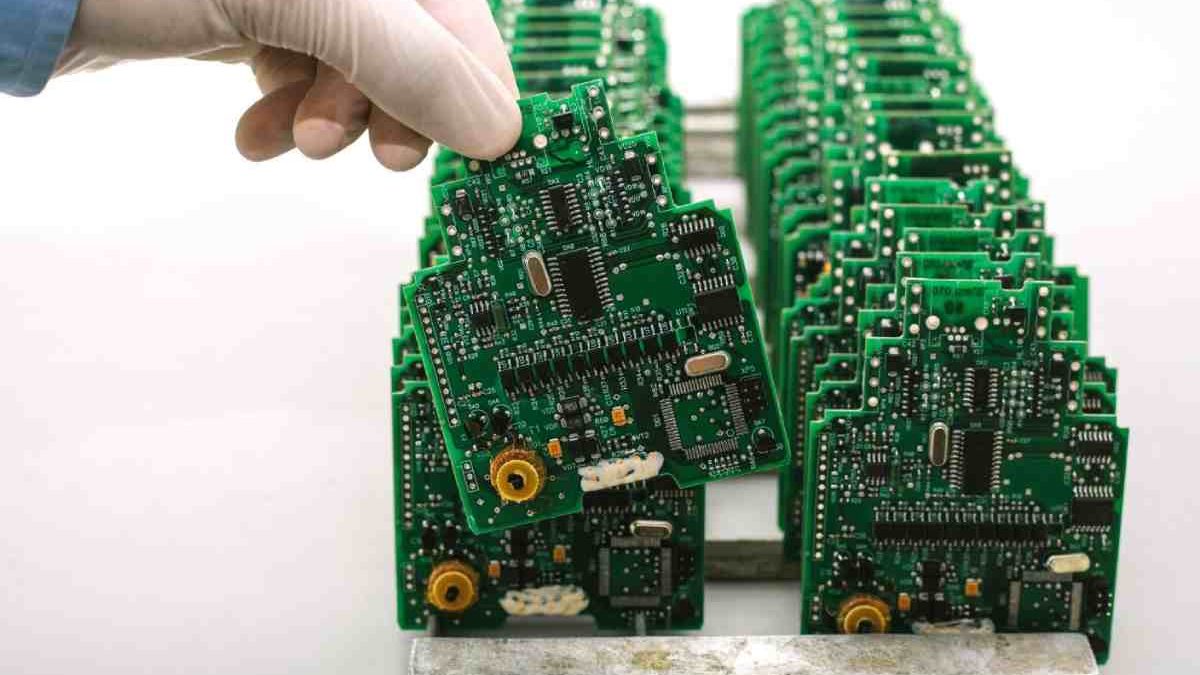Electronic prototypes are the building blocks of innovative devices and products, allowing inventors, engineers, and hobbyists to bring their ideas to life and test their functionalities. To create successful prototypes, one must understand the various electronic components and their functions. This article will explore some of the essential electronic parts commonly used in producing prototypes.
- Microcontrollers: Microcontrollers serve as the brain of electronic prototypes. These integrated circuits contain a CPU (Central Processing Unit), memory, and input/output peripherals. They control the overall operation of the prototype and execute the programmed instructions. Popular microcontrollers include Arduino boards, Raspberry Pi, ESP8266, and STM32.
- Resistors: Resistors are passive components that restrict the flow of current in a circuit. They are used to limit current, divide voltage, and set biasing in various electronic applications. Resistors come in different resistance values and power ratings, making them versatile components in prototype design.
- Capacitors: Capacitors store and release electrical energy. They are essential for smoothing power supplies, filtering noise, and coupling AC and DC signals. Capacitors come in various types, such as ceramic, electrolytic, tantalum, and polyester, each with specific properties suited for different applications.
- Inductors: Inductors are passive components that store energy in a magnetic field when current flows through them. They are commonly used in power supplies, filters, and signal-processing circuits. Inductors are available in various shapes and sizes, and their properties depend on the number of turns, core material, and wire gauge.
- Diodes: Diodes are semiconductor devices that allow current to flow in one direction only. They are crucial for rectifying AC to DC, protecting circuits from reverse voltage, and voltage regulation. Common diodes include the standard rectifier diode, Schottky diode, Zener diode, and Light-Emitting Diode (LED).
- Transistors: Transistors are semiconductor devices that amplify and switch electronic signals. They play a vital role in amplifiers, oscillators, and digital logic circuits. The two most common types are Bipolar Junction Transistors (BJTs) and Field-Effect Transistors (FETs). You can buy transistor parts from online stores such as Octopart.
- Integrated Circuits (ICs): ICs are complex electronic circuits fabricated onto a single chip. They can contain a combination of transistors, diodes, resistors, capacitors, and other components. ICs are available in various types, such as operational amplifiers, voltage regulators, timers, and microcontrollers.
- Sensors: Sensors are electronic devices that detect and measure physical quantities such as temperature, light, pressure, humidity, and motion. They provide essential data for many electronic applications, including IoT devices, robotics, and automation systems.
- Connectors: Connectors facilitate the physical connection between electronic components, circuit boards, and external devices. They come in various forms, including header pins, sockets, USB connectors, and RJ45 jacks.
- Displays: Displays are used to visualize data and user interfaces in electronic prototypes. Common types include LCD (Liquid Crystal Display), OLED (Organic Light-Emitting Diode), and LED displays.
- Switches: Switches control the flow of current in a circuit. They are used for turning circuits on or off, selecting modes, and controlling functions in electronic prototypes.
- Oscillators: Oscillators generate periodic waveforms, such as sine, square, or triangular waves. They are used in timing circuits, frequency synthesis, and signal generation.
Table of Contents
Conclusion
Electronic prototypes rely on a diverse range of electronic components to function effectively. Each part serves a specific purpose, and understanding their properties and applications is crucial for successful prototyping. Inventors and engineers can create innovative electronic prototypes that lay the foundation for groundbreaking products and technologies by incorporating the right combination of microcontrollers, resistors, capacitors, sensors, and more. So, embrace the world of electronic parts and embark on a journey of creativity, discovery, and innovation with your electronic prototypes.

